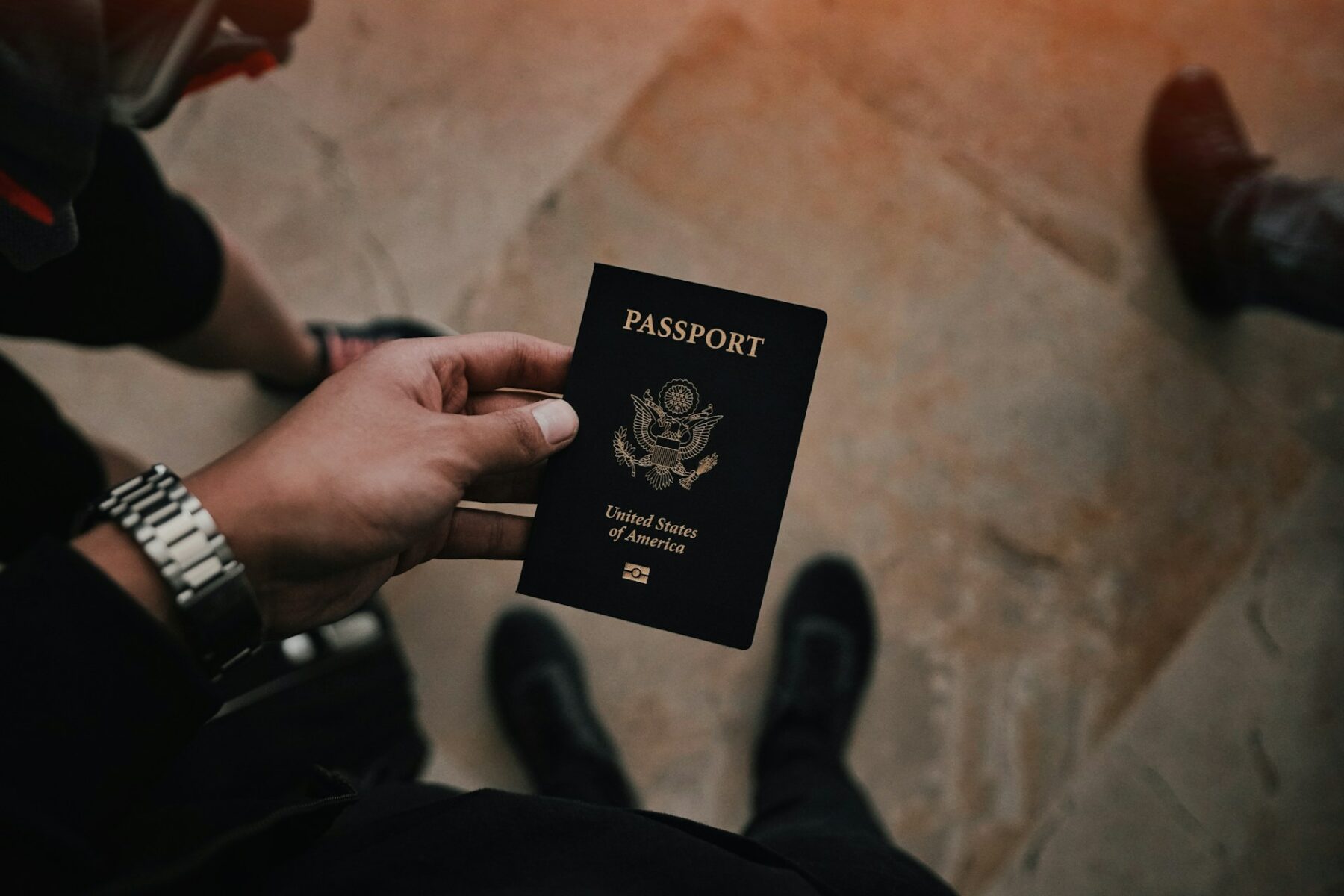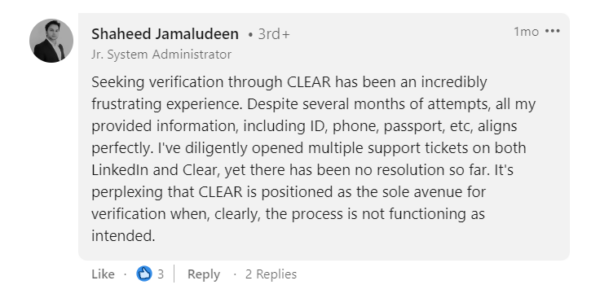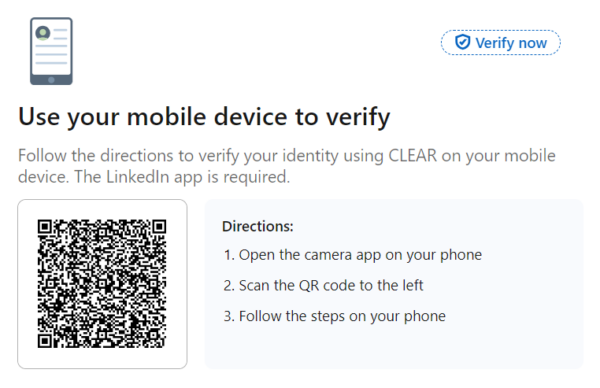Pros and Cons of LinkedIn Verification

The following post explores the Pros and Cons of LinkedIn Verification.
LinkedIn verification enables user profiles to be ‘verified’ through multiple methods including identify verification, workplace verification, and educational institution verification.
Read: Adding Job Location Type on LinkedIn
Related: Adding a Career Break on LinkedIn
Sponsored: Werewolf Novels Free
Getting verified on LinkedIn has its pros and cons. On one hand, a verified profile on LinkedIn enhances your credibility and visibility. On the other, it may lead to privacy issues or unwanted exposure.
Here’s what you need to know about LinkedIn Verification.
Overview
LinkedIn verification rolled out sometime in 2023. For the official lowdown, check out this overview of verifications on your LinkedIn profile.
As it states on LinkedIn:
The verification badge on your profile indicates that you were able to confirm specific information about your account. Having verified information helps provide authenticity signals to others that you’re who you say you are. Seeing verified information on others’ profiles helps foster a trusted community so you can make more informed decisions around connecting with other professionals.
LinkedIn uses identity verification by CLEAR to facilitate the entire process. CLEAR bills itself an established leader in online verification, however some LinkedIn users have expressed frustration with CLEAR.

Pictured: screenshot of a comment from a user frustrated with the verification process.
Credibility (Pros)
Credibility is the number one benefit of verification. Having a verified profile signals reliability and authenticity. A verified profile indicates to other LinkedIn users that your identity has been confirmed by the platform. Verification reassures other LinkedIn users that they are engaging with someone genuine.
Visibility (Pros)
In addition to boosting your profile’s credibility, verification is also said to improve your profile’s visibility by ranking higher in search results. If your goal is to be seen by the largest audience possible, verification helps. Greater visibility may lead to more opportunities in terms of expanding your professional network. For active marketers, using a LinkedIn marketing tool helps when running campaigns or managing brand presence.

Pictured: screenshot of QR code for initiating the verification process.
Privacy (Cons)
Tying your government-issued ID to your LinkedIn profile poses some privacy risks. The potential for data leaks as well as corporate espionage are a pair of concerns raised when it comes to verification. Below is a screenshot from a message in a discussion forum about this potential issue.

Pictured: screenshot of a forum discussion about LinkedIn verification.
Overexposure (Cons)
One of the aforementioned benefits of being verified on LinkedIn is the higher degree of visibility as compared to unverified profiles. So, if your goal is to fly under the radar, it makes sense to think twice. Verification can draw more attention to your profile, which might not align with your preferences.
In Conclusion
In conclusion, I hope this article helps you see the pros and cons of LinkedIn verification. On one hand, being verified is a symbol of credibility, professionalism, and trustworthiness. On the other hand, it does present some potential drawbacks to consider.








